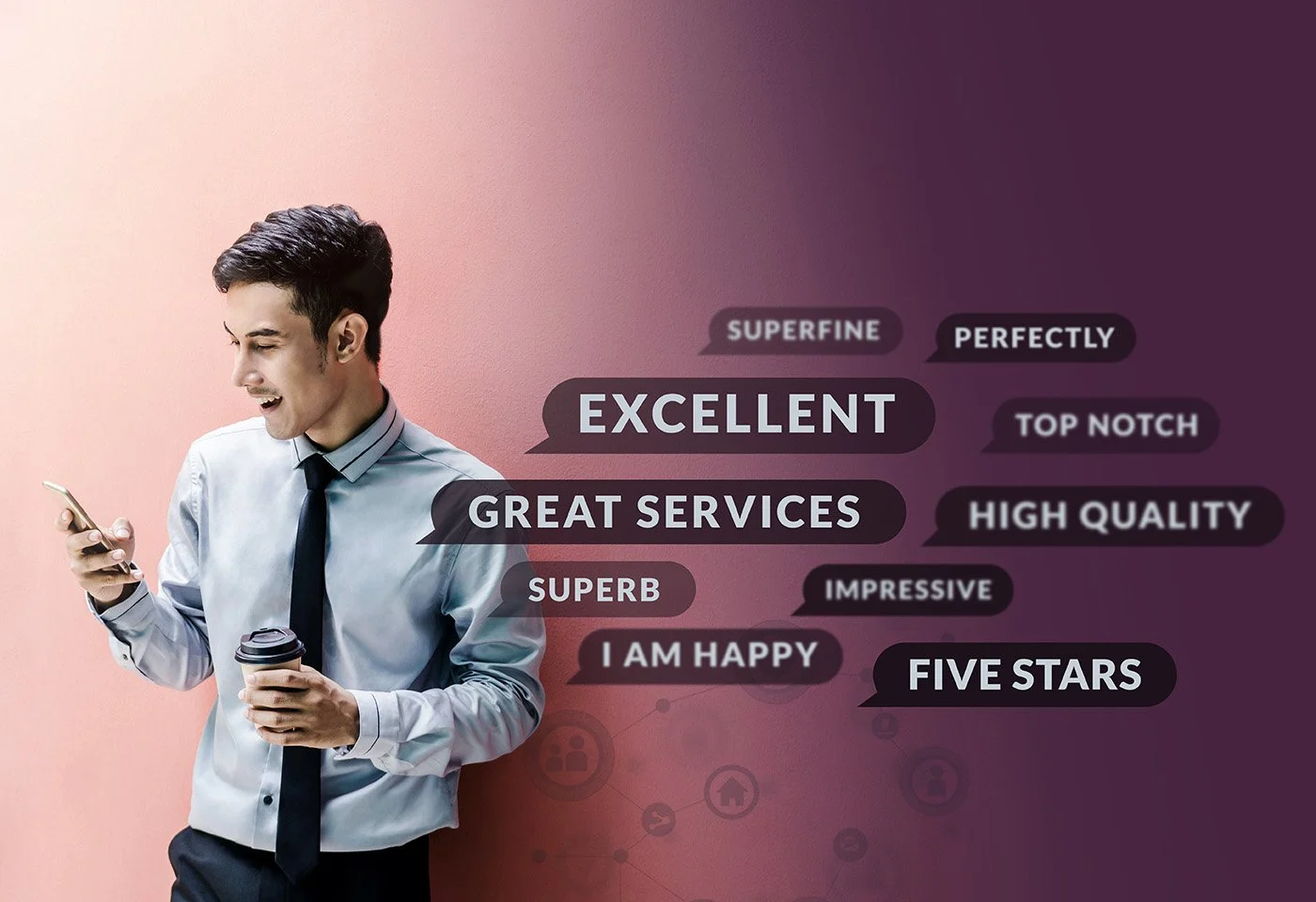How to Achieve Service Excellence? A 7 Step Action Plan

A large percentage of business success stems from how a customer is made to feel, not just how happy they are with their purchase or service.
In today’s experience economy, customers not only value but expect exceptional service – and they will reward or punish for the quality of how they are served with their spending choices.
Summary
The Challenge
Any company unable to respond to their needs, expectations or compensate for unfavorable experiences, might as well wave goodbye to any hopes of customer loyalty and re-engagement.
We’ve had the privilege of advising leaders from over 500 major organizations around the world. As a result, we’ve recognized a number of concrete actions that go a long way in identifying the right priorities, projects and people to drive valuable results in customer experience.
1- Dig into Your Customer Behavior
By leveraging data analytics, or ‘big data’ as some call it, companies can build a 360° view of their customers, allowing them to foresee their clients’ needs and desires and delight them with products or services that solve their needs – before they’ve even asked. That’s the key to maintaining a competitive edge.
2- Make Customer Focus Part of Your Culture
What a company really needs is a SERVICE CULTURE, which will be oriented towards the end customer in everything it does and at any level…ALWAYS! All employees – including the management and the board – defend small daily gestures, words, attitudes, interactions, which make-up a service driven company.
3- Hire with Service Excellence in Mind
Hire employees that are committed to helping your customers solve problems, and are willing to go above and beyond to serve their needs. This involves finding employees who are flexible, open-minded and innate problem-solvers. They should excel at communication skills, and have a natural ability to turn complex problems into simple solutions, while satisfying both the needs of the customer and the business.
4- Set-up Customer-focus Governance
From marketing efforts to operations, defining a strong customer focus (not only customer service tools) is an essential of customer-centricity. This calls for smart governance: Clearly defined leadership, behaviors, and metrics.
5- Set Customer Service Goals
Service excellence goals set the stage for your long-term strategy, helping you maintain an excellent relationship with your existing customers, and foster meaningful relationships with new ones.
6- Equip Your Employees to Deliver on Excellence
You need to equip your employees with the right knowledge and skills required to deliver service excellence on the defined standards. Effective training workshops and interventions are very helpful in facilitating the knowledge and skill transfer to your employees
7- Measure Your Performance
If you want to stay ahead of your competitors and keep your customers satisfied, it’s important to closely monitor how your customers are experiencing your brand. Track how your team is doing, both in the short and long-term, and set goals for what you want to accomplish.

